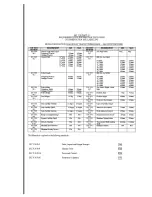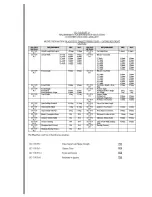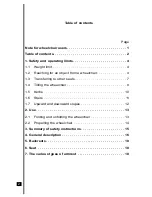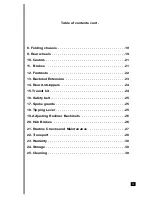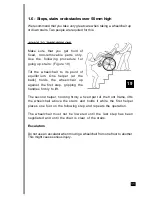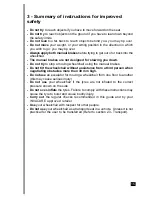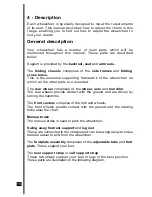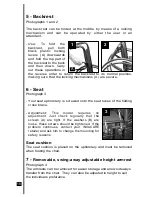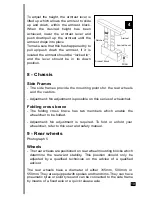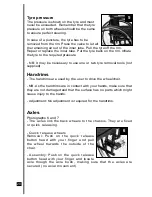
10
Lower the front of the wheelchair smoothly, holding the handles firmly. Use
your weight on the foot step tube to act as a counterweight. Do not lower the
wheelchair suddenly down the last few centimetres before returning to the
normal position as this may hurt the user.
1.5 - Kerbs or obstacles 30 to 50mm high
Method 1 - Negotiating the obstacle forwards
(Figure 17)
The helper should tilt the wheelchair
until the castors have passed over
the kerb. Move the wheelchair
forwards and lower the castors
gently onto the pavement. Push the
wheelchair until the rear wheels
touch the kerb. Lift and push until the
rear wheels have mounted the kerb.
Do not lift by the handles on the
backrest.
Method 2
(Figure 18)
The helper should stand on the
pavement and turn the wheelchair until
the rear wheels are against the kerb.
Tilt the wheelchair backwards to the
point of equilibrium and, in a
continuous movement, pull the
wheelchair until the rear wheels mount
the kerb and pass onto the pavement.
Do not lower the castors to the ground
until you have pulled the backrest of
the wheelchair sufficiently far to clear the kerb.
NB: Folding backs should always be checked to ensure they are
engaged.
17
18



